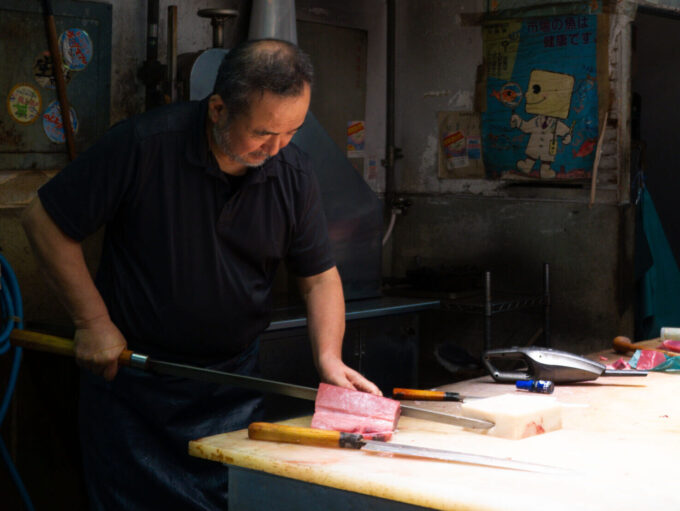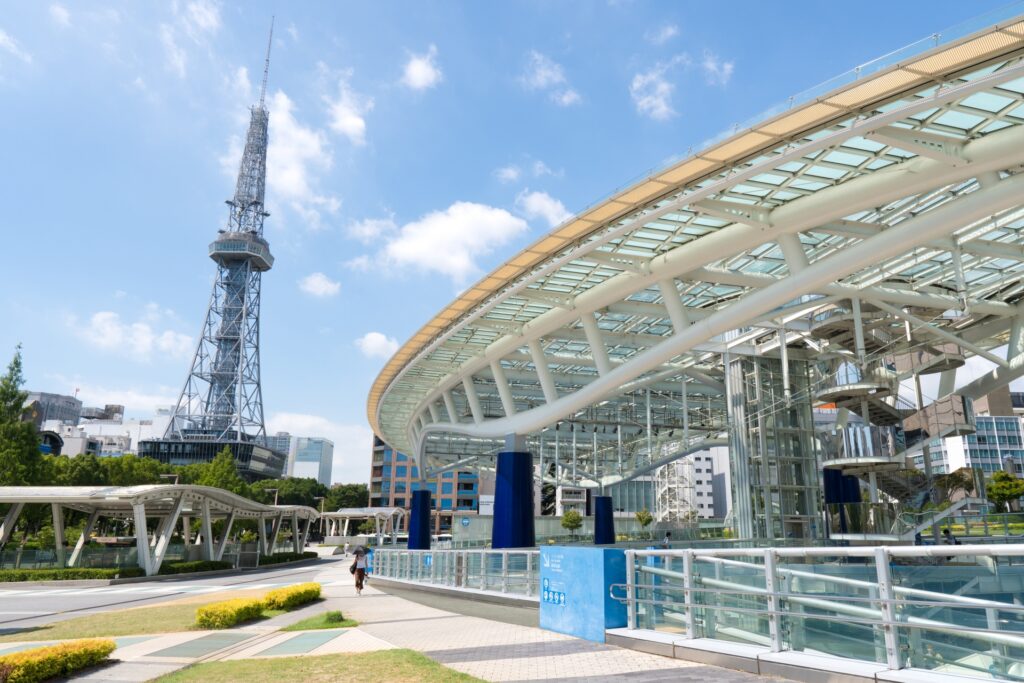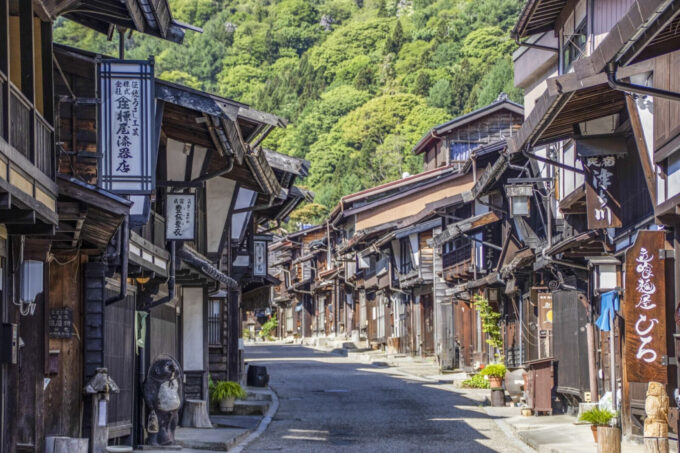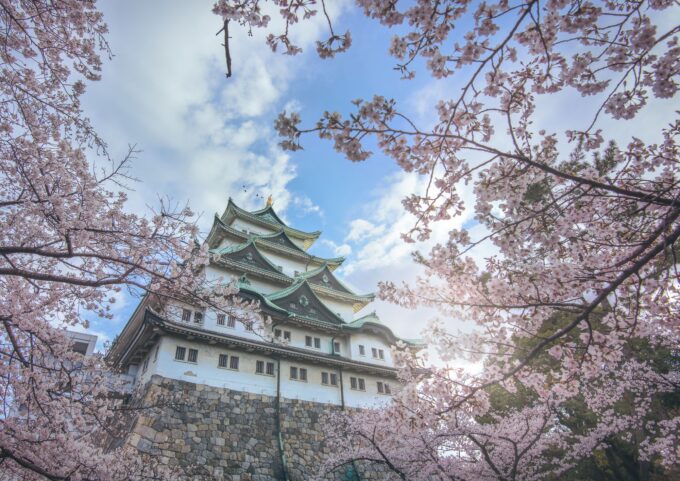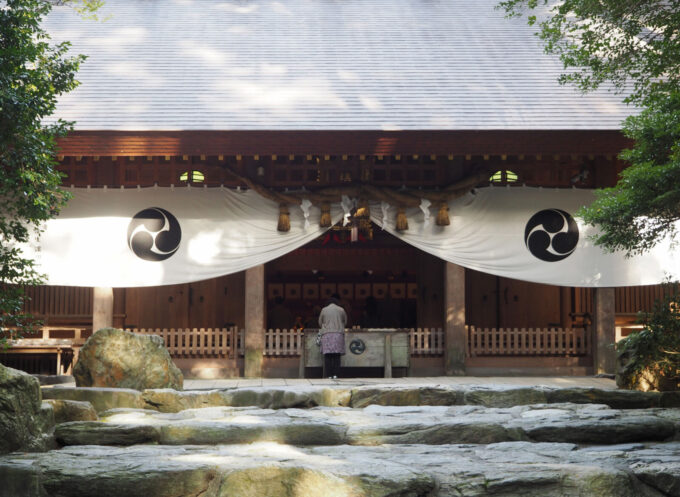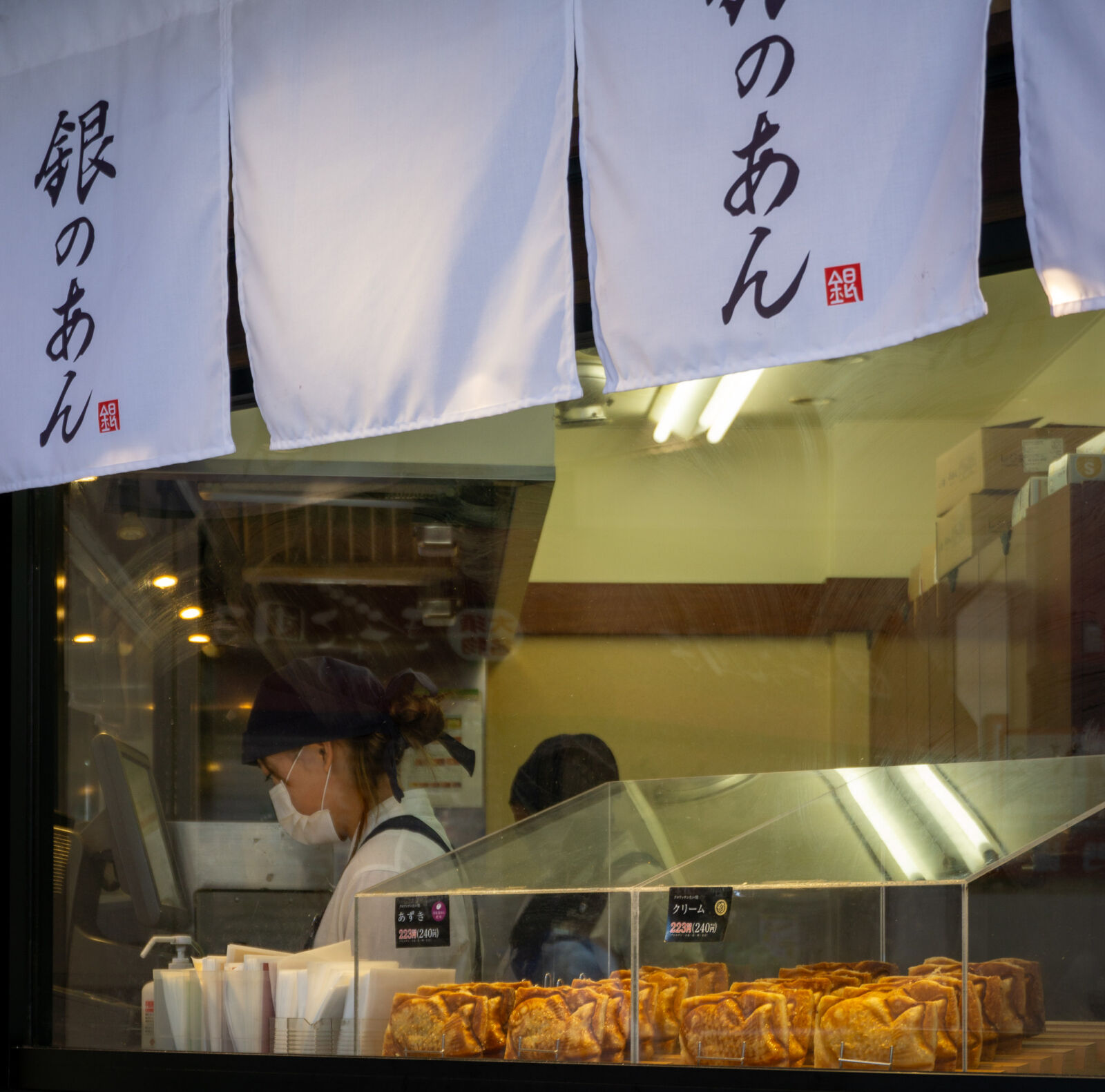
One of the great pleasures of any trip is food and Nagoya is a city that definitely won’t disappoint. Nagoya’s cuisine, or as the locals call it, “Nagoya Meshi,” follows its own unique style of familiar feeling, hearty, comfort foods and includes specialties such as miso-katsu (deep fried pork cutlets covered in rich red miso sauce), tebasaki (crispy fried chicken wings), tenmusu (miniature rice balls filled with crunchy shrimp tempura), and so much more.
6 Must-Try Dishes in Nagoya
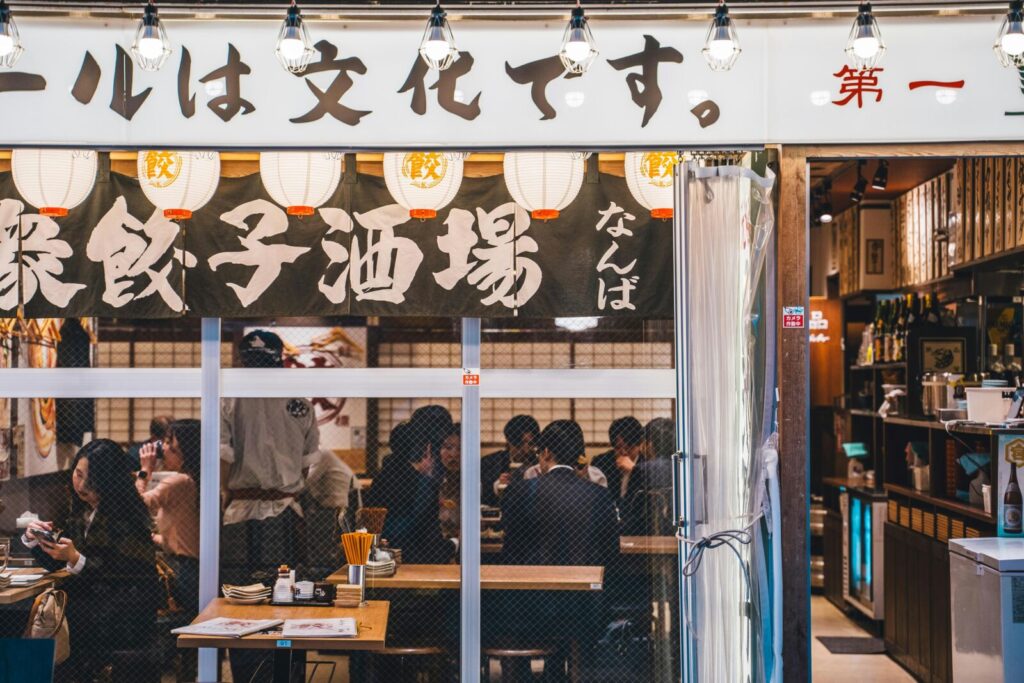
For those who prefer to eat their way through Japan, there probably aren’t many cities more “foodie-friendly” than Nagoya. With a large port and fertile plains, along with the wealth and resources of the powerful city of Samuri, Nagoya has long had access to a wide variety of foods distinctive from other regions of Japan.
Miso-Katsu
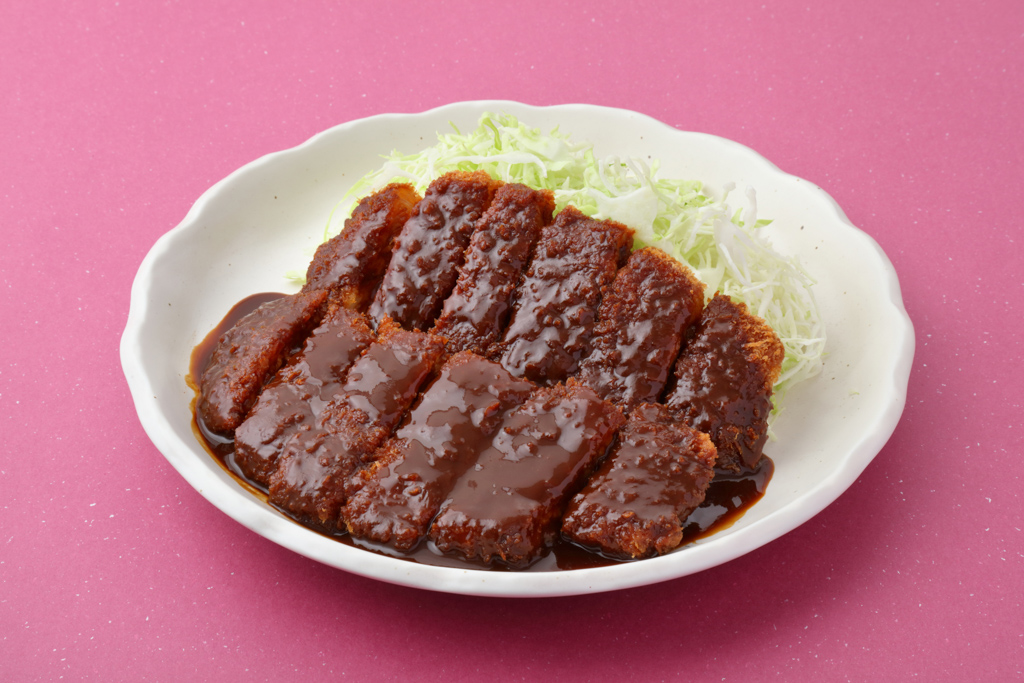
The dish that likely best defines Nagoya’s bold culinary identity is miso-katsu, a variation of the popular Japanese katsu (breaded and deep-fried pork cutlet) that is smothered in a rich, dark miso-based sauce. While katsu itself originates from Western influences during the Meiji era (1868-1912), the use of miso to coat the cutlet is a uniquely Nagoyan innovation. The strong, earthy flavor of miso – especially hatcho miso, which is a staple in Nagoya's cuisine – is the key to this dish’s identity.
The Nagoya version of katsu distinguishes itself not just through the miso sauce, but through its indulgent and hearty nature, often incorporating a slight sweetness along with the savory depth of miso. This dish is particularly popular as a meal on-the-go, with many locals and travelers alike enjoying it as a satisfying lunch in a bento box or between two slices of bread as a "sando."
Where to Try: For those seeking a taste of history alongside this indulgent dish, Yabaton, one of Nagoya’s most iconic miso-katsu establishments, has been serving locals since 1947 and remains a prime destination for an authentic experience.
Hitsumabushi
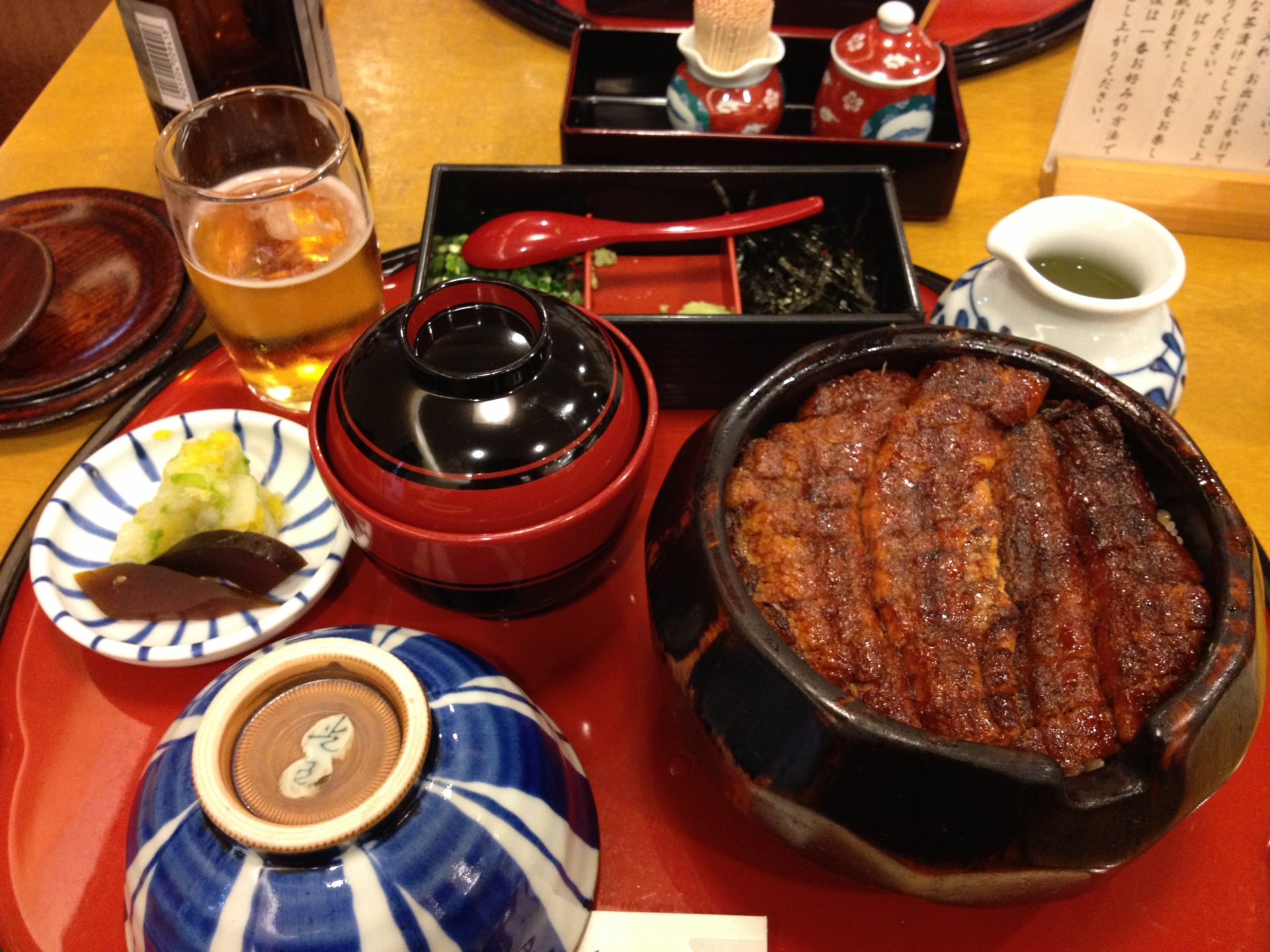
Nagoya is Japan’s largest producer of unagi (freshwater eel), and it is in this city where one of the most refined eel dishes, hitsumabushi, finds its roots. Hitsumabushi involves grilled eel glazed in a rich soy-based sauce, served over a bed of steamed rice. The eel is carefully prepared by being grilled over charcoal, imparting a deep smoky flavor that distinguishes it from other eel dishes across Japan.
The dish's preparation is an art in itself, particularly in Nagoya where eel is a crucial part of the region's historical and cultural fabric. The Tokugawa family, which made Nagoya its base during the Edo period (1603-1868), were known to favor eel, considering it not only a source of nourishment but a symbolic representation of the city's culinary sophistication. Over time, hitsumabushi evolved to offer diners a multi-sensory experience, with the option to eat the eel in various ways: plain, with condiments like wasabi, green onions, or nori (seaweed), or in a flavorful broth to transform the dish into a soup.
Where to Try: Renowned for their mastery in eel preparation, Atsuta Horaiken and Maruya Honten are both celebrated institutions for anyone seeking to savor this dish in an authentic setting.
Tebasaki
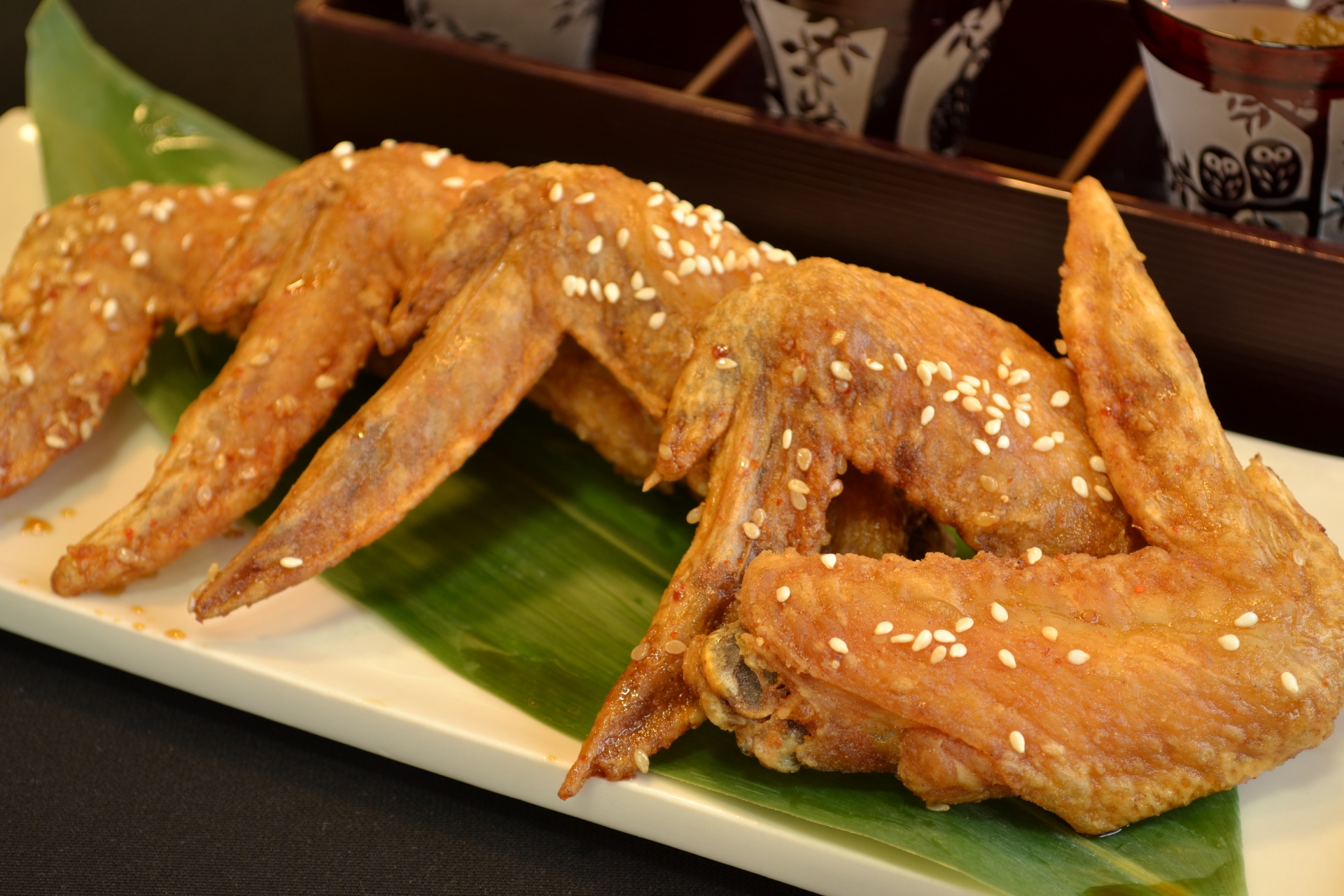
The unique style of tebasaki, Nagoya’s famous chicken wing, has roots in the city's izakaya culture and the robust working-class communities that came to prominence during the post-war economic boom. Deep-fried and coated in a sweet-and-salty sauce, tebasaki wings are seasoned with a liberal amount of pepper, and then garnished with sesame seeds. The result is a crunchy, flavorful dish that embodies the region’s love for bold flavors and satisfying textures.
These wings are a favorite of salarymen and young people who gather at izakayas (Japanese pubs) after long days of work, creating a communal, casual dining atmosphere. The dish's combination of salty, sweet, and spicy elements reflects the influence of the city’s access to various spice trade routes, as well as its penchant for seasoning dishes with a strong umami flavor.
Where to Try: Torikai Nagoya Cochin is a standout in the city’s tebasaki scene, serving high-quality chicken and a variety of traditional side dishes in a cozy, inviting atmosphere and is a stop on our foodie tour of Nagoya!
Tenmusu
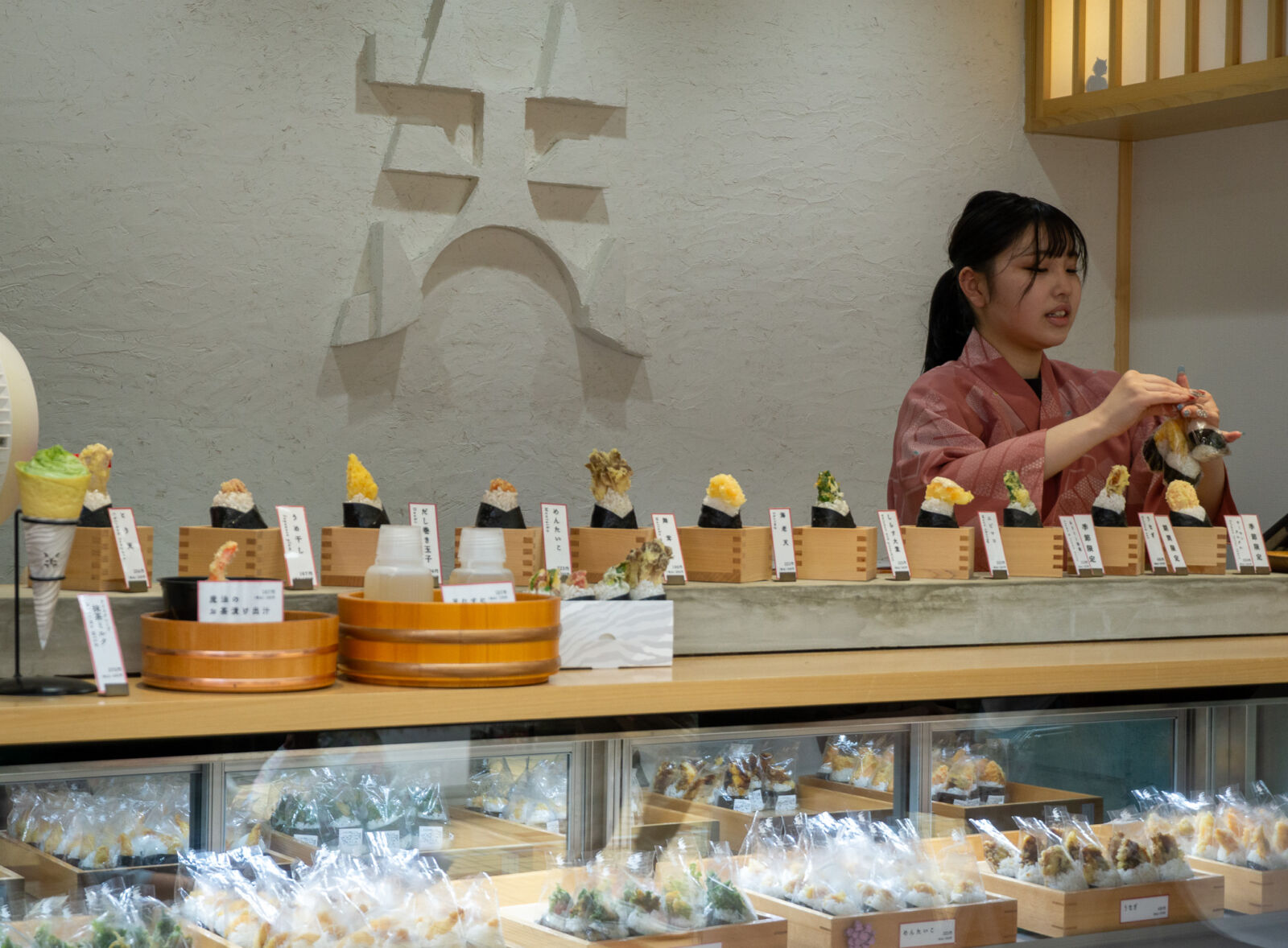
An intriguing fusion of two iconic Japanese dishes, tenmusu blends the crispy delight of tempura with the comfort of an onigiri (rice ball). The crispy tempura (traditionally shrimp) is wrapped in a ball of seasoned rice, then lightly glazed with soy sauce or mirin to add an additional layer of flavor. The creation of this dish is a perfect example of the innovative spirit of the region, reflecting the city’s willingness to experiment with traditional ingredients to create something new.
Where to Try: Oniten in Osu is the go-to establishment for those wanting to sample tenmusu, often enjoyed as a quick yet satisfying snack while perusing the bustling shopping arcades in the area.
Kishimen
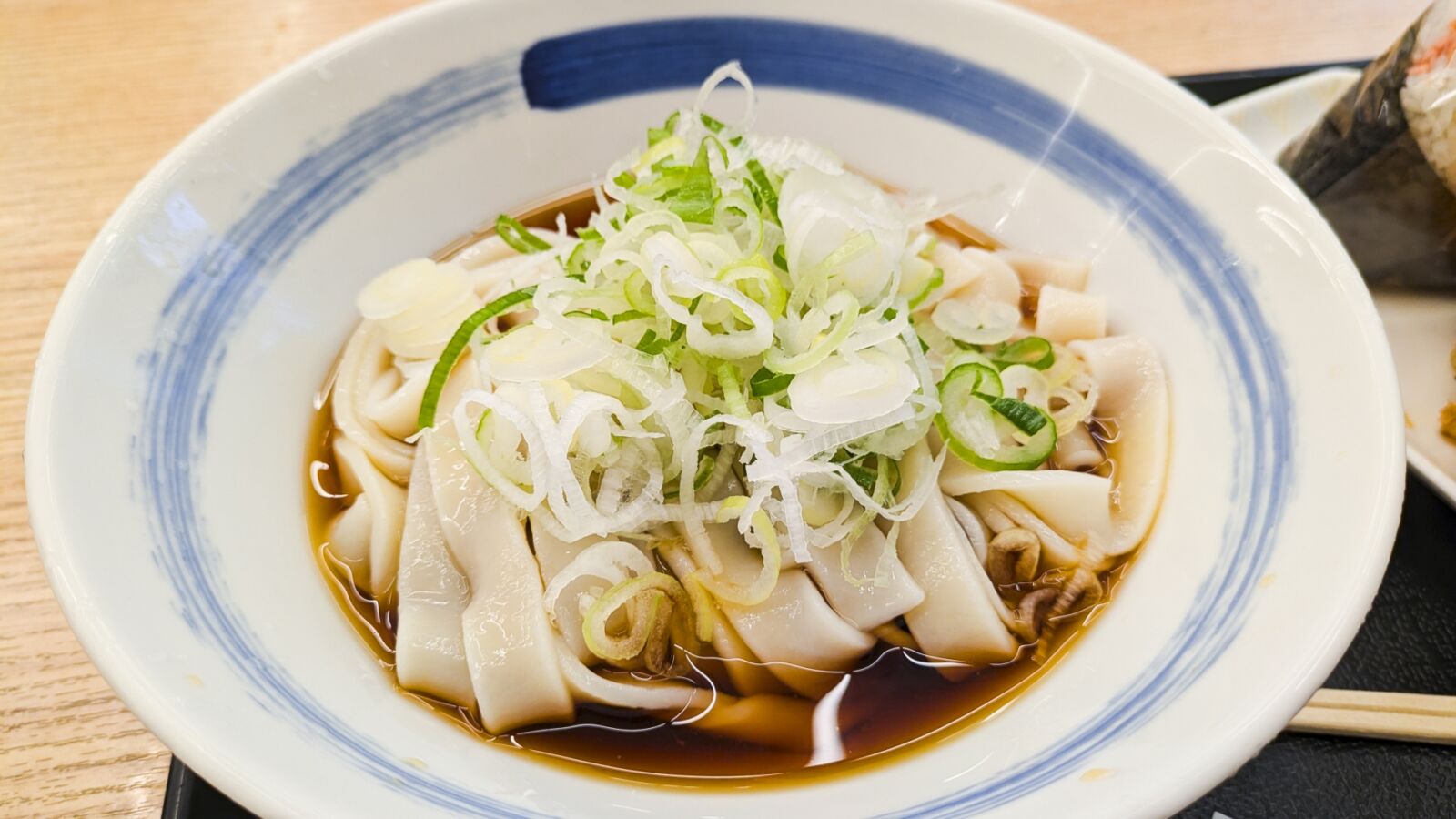
Kishimen noodles are flat, wide, and often served in a savory, soy-based broth. While udon (thick wheat noodles) is ubiquitous throughout Japan, kishimen offers a different texture and mouthfeel, with the flat shape allowing for a unique soup-to-noodle ratio. The dish is often garnished with ingredients like tempura, kamaboko (fish cakes), and green onions, creating a comforting bowl of noodle soup that has been a staple of Nagoya for centuries.
The origins of kishimen can be traced back to the Edo period, during which Nagoya was a hub for trade, culture, and culinary development. The flat noodle style is believed to have emerged as a regional adaptation of the thicker, rounder udon noodles, with kishimen being favored by locals for its more substantial texture and ability to absorb the rich broth.
Where to Try: Kishimen-tei, located near the iconic Nagoya Castle, offers a perfect setting to enjoy this dish, where visitors can appreciate the dish’s historical significance alongside a view of one of Japan's most famous landmarks.
Misonikomi Udon
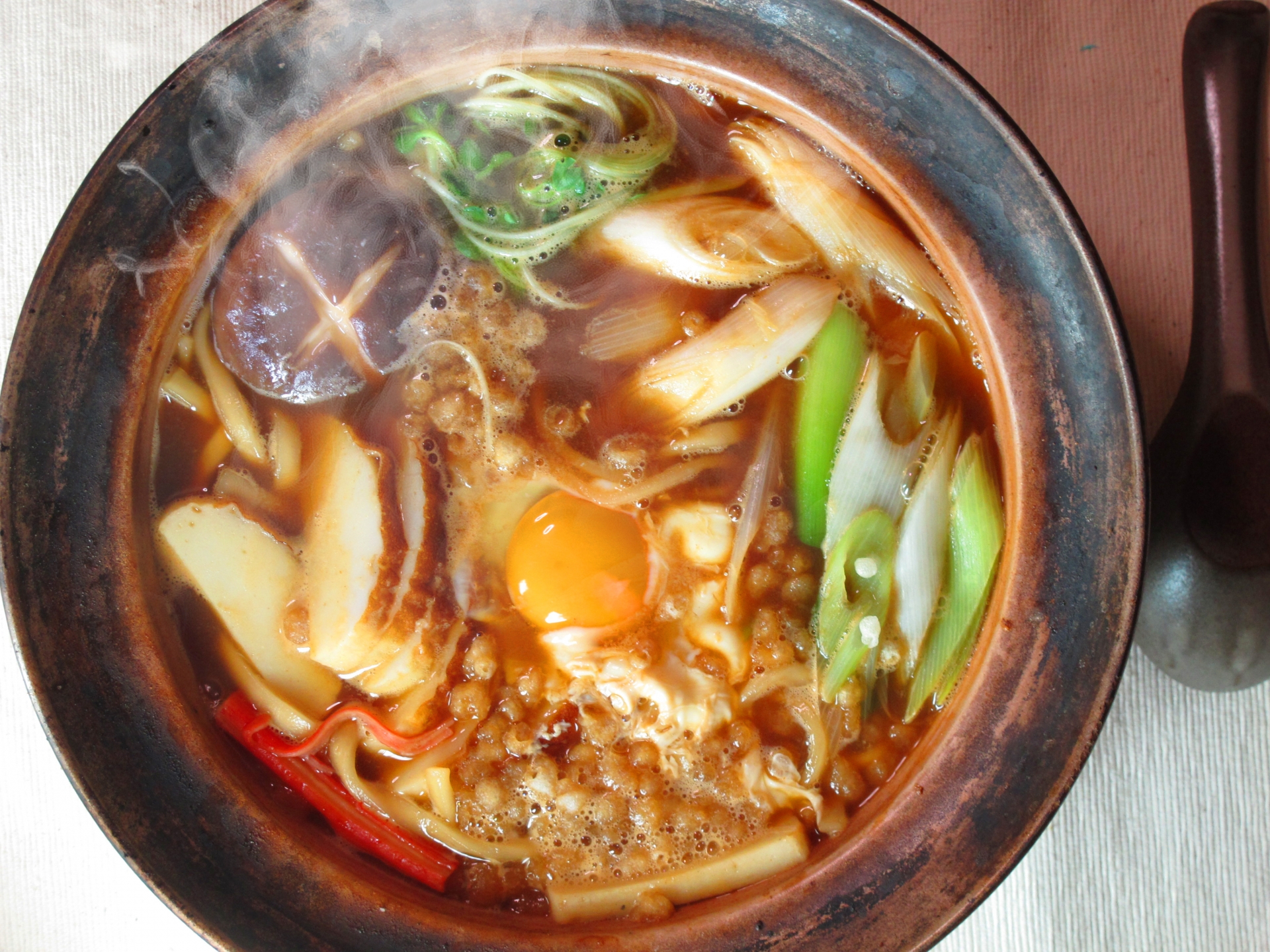
Misonikomi udon is a hallmark of Nagoya’s comfort food culture. Utilizing extra thick udon noodles and a rich red miso broth, this unique take on udon is served in an earthen pot and garnished with spring onions, chicken, mushroom, raw egg and ‘mochi’ (rice cakes). It’s a filling dish perfect for travelers looking to warm up after a long day of sightseeing.
Where to Try: Located inside Nagoya Station, Yamamotoya allows you to try this savory dish without ever having to leave the train station.
How to Navigate Nagoya's Food Scene Like a Local:
Nagoya’s cuisine is not just a collection of dishes, but a reflection of the city’s history, geography, and cultural evolution. Whether you are exploring ancient castles or bustling shopping districts, the flavors of Nagoya provide an essential part of the experience, making it a must-visit destination for any food enthusiast. Consider joining our food tour to sample various local dishes and learn more about the city’s culinary culture.
As we eat our way through Nagoya, you will also be able to marvel at the gilded artwork and golden screens in Honmaru Palace, relax as you gaze upon the reflecting pond of Mirai Tower, and learn about the day’s fresh catch at a bustling fish market as you are led by an experienced, English-speaking guide through Nagoya on this full-day tour.
This tour will not only give you a taste of the wonderful flavors of the region and introduce you to some of the most notable landmarks in the city, but also provide you with the confidence to go out and try more Nagoya Meshi on your own.















